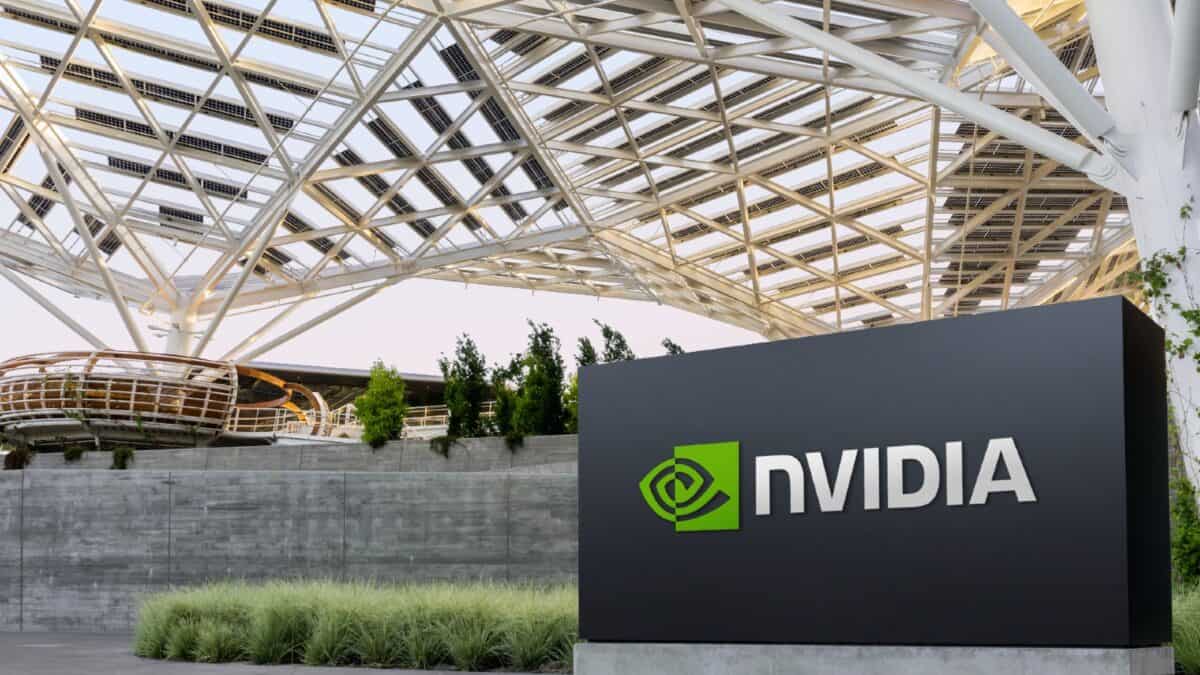After weeks of anticipation for holders of Nvidia (NASDQ: NVDA) stock, the US chip maker revealed its Q2 update yesterday (Thursday) evening.
And the reaction so far has been…interesting. Despite posting some barnstorming numbers, the share price fell as Wall Street opened up for business.
Is this actually a wonderful opportunity for private investors like me?
Passive income stocks: our picks
Do you like the idea of dividend income?
The prospect of investing in a company just once, then sitting back and watching as it potentially pays a dividend out over and over?
If you’re excited by the thought of regular passive income payments, as well as the potential for significant growth on your initial investment…
Then we think you’ll want to see this report inside Motley Fool Share Advisor — ‘5 Essential Stocks For Passive Income Seekers’.
What’s more, today we’re giving away one of these stock picks, absolutely free!
Things I like
Let’s be clear — there was a lot to like about the update.
Put simply, Nvidia exceeded targets again. Thanks to strong sales of its Hopper Graphics Processing Unit (CPU), Q2 revenue came in at $30bn. That’s 15% up on Q1 and more than 122% higher year on year. It was also ahead of the average estimate among analysts of $28.9bn.
Adjusted earnings per share of 68 cents also beat predictions of 64 cents.
So, what’s the problem? Why has the market greeted a set of results that most companies can only dream of with all the gusto of a stroppy, hard-to-impress teenager.
One word: expectations
Too hot to handle
The issue with any business that routinely leaves analyst predictions for dust is that the latter get into a habit of continually raising the bar. That’s absolutely fine…until it isn’t.
When the numbers eventually and inevitably disappoint, the reaction can be brutal. This is regardless of whether the cause of the disappointment is down to anything the company has done or the result of some wider market concern.
So far, Nvidia has done incredibly well. But there were signs in its outlook statement that have made some question whether the share price may begin to drift (or worse) from here.
The business anticipates hitting $32.5bn in revenue in Q3. That’s still a huge jump from last year. But it would also be very much within the target range analysts have already pencilled in. Gross margins are likely to come in somewhere in the mid-70% range. Again, no big surprises here.
Now think about what may happen if dark clouds gather over the US economy for whatever reason. Or if one of the tech titan’s major customers begins to pull back on orders. Or if there’s an unexpected delay to the firm’s next-generation Blackwell chip.
Here’s my strategy
Based on returns alone, of course, I wish I’d invested in Nvidia shares a few years ago. The performance since has been exceptional.
However, I’m still content to get my exposure to the AI revolution — and Nvidia in particular — via a number of funds. The one I own the most of in my Stocks and Shares ISA is FTSE 100-listed Scottish Mortgage Investment Trust.
According to its most recent factsheet, the trust has a little under 7% of its portfolio invested in the chip maker. That’s clearly not going to be as lucrative compared to buying the stock directly if (and that’s a big ‘if’) it continues to soar from here.
But successful investing isn’t about just making money. It’s about making money within my own risk tolerance. And I know myself well enough to believe that buying today would make me uncomfortable, such is the pressure now on this company to execute perfectly going forward.
To me, the stock has never looked more vulnerable.
Should Nvidia crash by, say, 30% in the near future, now that would be an opportunity I’d grasp with both hands!







